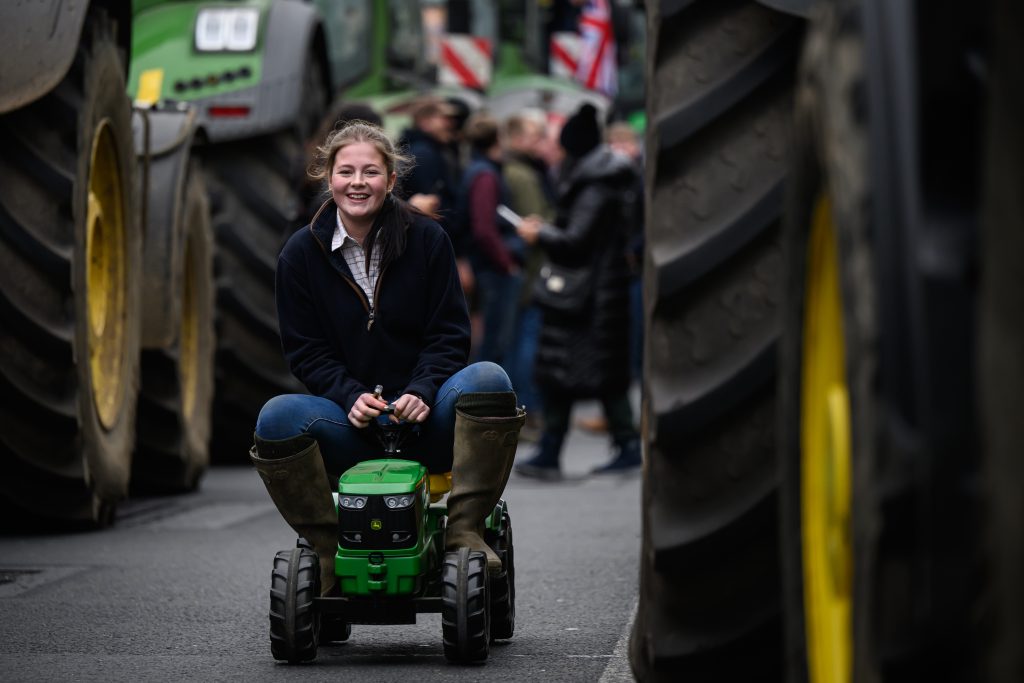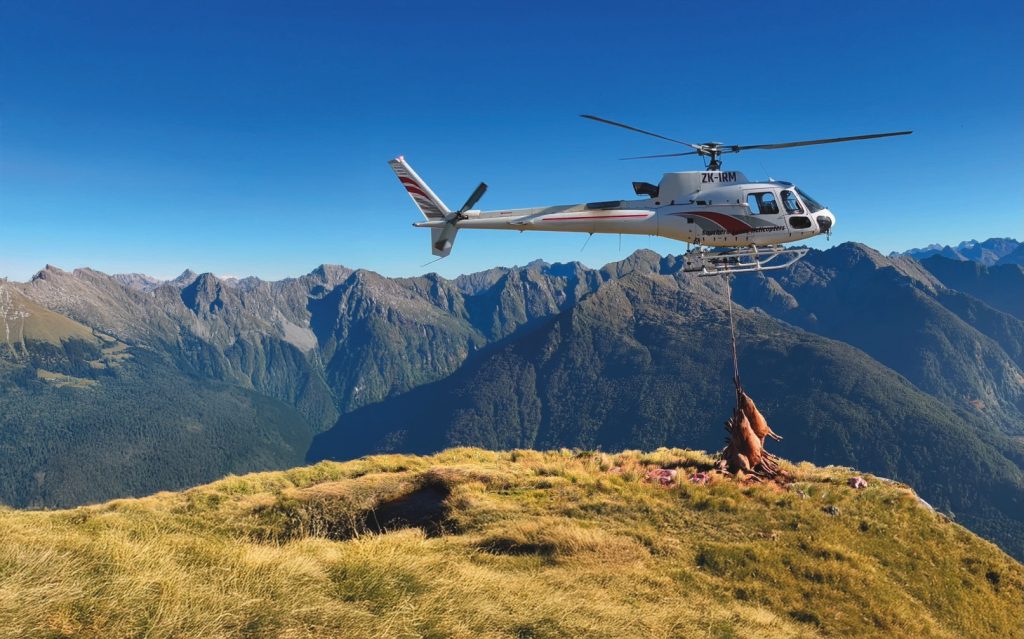Win CENS ProFlex DX5 earplugs worth £1,149 – enter here
How American hunters embrace respect for the quarry
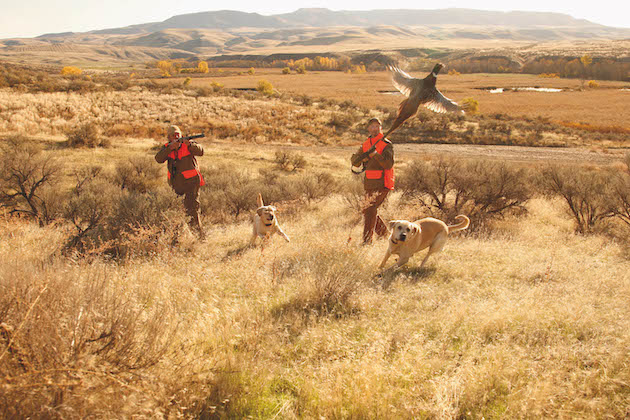 ""
""
Tom was showing a video to the group of people huddled around his phone screen. Someone in Texas, wearing a camouflage-print shirt and red bandana, was talking with an incomprehensible Southern twang about ‘huntin’ hogs’ and holding a military-looking rifle. The group laughed, either at the Texan’s unsophisticated zeal or his accent.
Whatever it was, it was a far cry from the scene around us: elevenses on a driven pheasant shoot, the crowd bedecked in tweed breeches and Schöffel coats, and all clutching a silver beaker of sloe gin. There can be a sense of superiority on the shooting fields of Britain; a sense that we shoot in the most sophisticated way, that ‘hunting’ really involves hounds and horses, and, particularly, that those Stateside are uncouth butchers who delight in killing.
From my forays into hunting in America, I can say that this is a baffling misconception. If anything, the notions of sportsmanship, fieldcraft and respect are taken more seriously by American hunters across the Atlantic.
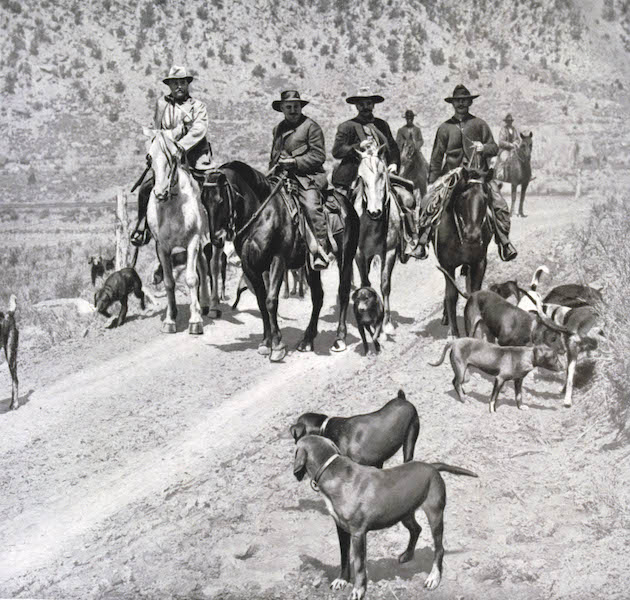
US president Theodore Roosevelt hunting grizzly bears in Colorado, USA 1905.
American hunters vs British
The key evolutions of shooting culture happened largely within the same decades of the late 19th century in both Britain and the US. As Walsingham, Ripon and Payne-Gallwey, helped by Edward VII, were refining the art of game shooting and shaping its culture here, Theodore ‘Teddy’ Roosevelt was creating the American hunting myth over there. Roosevelt was a great outdoorsman, fashioning a cultural ideal that revered and sought to conserve wilderness. He helped to found the national park system, which was embraced across the planet, and, crucially for America, enshrined easy access and public ownership of great tracts of land.
Of greater influence on the American hunter today, though, was Roosevelt’s insistence that all hunting should be ‘fair chase’. Fair chase is a phrase that is now synonymous with hunting in the US. Simply put, it is the principle that the intended quarry has a reasonable chance of eluding the hunter. It is the various barriers that we choose to accept, which separate subsistence hunters from sportsmen.
In 1887, with no government legislation regulating the killing of game, the largest American hunting society at the time, the Boone and Crockett Club, adopted the notion of ‘fair chase’ into its constitution.
In England, this was the same year that Lord Walsingham broke the record for the most grouse killed by a single gun in one day, when he managed to bag 1,070 of them on Blubberhouses Moor, where he shot alone, aided by a line of 40 beaters and two loaders.
Embracing the concept of fair chase is a little like embracing the net in tennis. These self-imposed limitations ultimately mean we spend more time in the field, and consequently grow in both our knowledge of and respect for our quarry. American hunters, on the whole, seem better at enjoying these limitations. The popularity of bow hunting and the use of muzzle-loaders for deer are two examples. Perhaps it is an unfair comparison — given that both are illegal in Britain — but the skills demanded by bow hunting are a far cry from the uncouth stereotype we might mistakenly conjure of the American hunter.
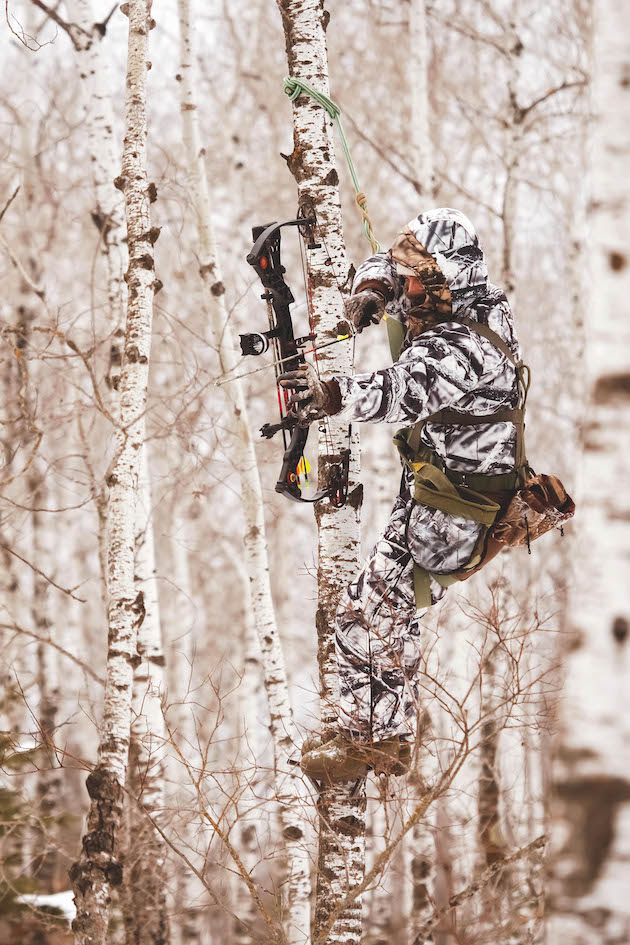
Bow hunting in America is a real test of skill, but it certainly raises ethical questions
Gold standard
If driven game is the gold standard of British shooting, the emblematic sport of the US is duck hunting. Duck flighting is one of the finest ways to spend an evening. Crouched in the gloaming around a pond, perhaps one that you’ve had a hand in creating, hearing wigeon whistling overhead and teal diving in with unparalleled acrobatics, is hard to beat. If 50 teal came into a pond one evening, I would think nothing of harvesting 10, alongside a handful of ever-present mallard and occasional other species.
In America, however, the rules governing duck hunting are far more prescriptive and, from a scientific standpoint, arguably more sustainable. Bag limits are set, which reflect in-depth monitoring of population trends. Many states require hunters to submit ‘harvest reports’, which give an accurate reflection of how many duck are shot each year on the respective migration routes. This allows for a more adaptive level of management — something we simply don’t have the data to do at home.
Worth Mathewson is a duck hunter of the old school, based in Oregon. He explained that in the Pacific North-West of the States, there is a limit of only seven duck per day per hunter, which includes lower limits for some species, such as only “two hen mallard or one pintail”. He also mentioned that, “putting out grain for ducks and geese was made illegal in 1935”. Despite having a flooded field on his farm that routinely attracts 500 to 1,500 teal each winter, he feels that even this limit is too high — “five is more than enough”.
Imagine the inland wildfowlers here, unable to coat the edges of their ponds in barley tailings and having to stop after five, or seven, duck, even when the stars have aligned and they’re pouring in. I know I would be devastated to see those changes, but I probably lack Worth’s zen, or his understanding of the population dynamics across the continent.
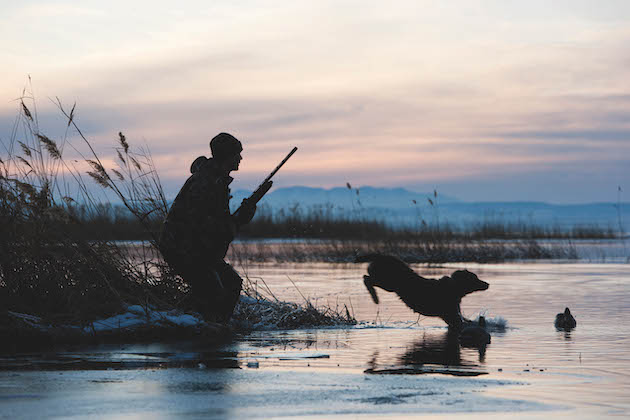
Feeding the shallows with barley for duck is illegal in America
Satisfactory
Sir Ralph Payne-Gallwey, one of the great pioneers of shooting, wrote: “It is nowadays generally admitted among those who really know what shooting is, and should be, that driving is the neatest, most skilful, and most satisfactory way of killing winged game, and that it, above all, gives the birds a chance.”
And with that lies the heart of the matter. It is clear when you think of the terms that each country uses: shooting and hunting. What we revere here, above all, is the skill of a shooter. When Walsingham achieved that bag of 1,070 grouse, the astounding fact for us is that it took him only 1,510 cartridges. A ratio of 1:1.4 on driven grouse, over such a prolonged period, is a truly remarkable demonstration of shooting.
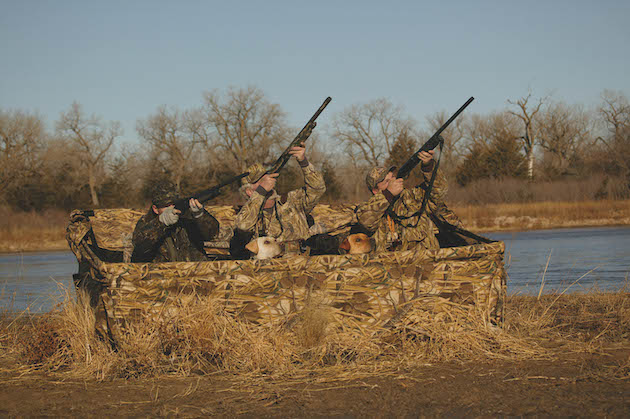
In some US states, there are strict limits in place on how many duck can be shot per day per hunter
The taller the pheasant or the faster the partridge, the better, for it tests our skill as a marksman. Americans, though, revere the hunt itself; the fieldcraft that enables you to take the shot. Of course, there are plenty of examples in Britain where the fieldcraft is the essential skill: coastal wildfowling, pigeon decoying or deerstalking for instance. Indeed, there are plenty who would argue that these less formal styles are the backbone of British shooting.
But none holds the cultural significance of driven shooting. Just as for our friends across the pond, the cultural significance of hunting is imbued with a sense of shared ownership of public lands, a sense of individual stewardship of wild resources and, critically, limiting your chances, whether by strict quotas or primitive equipment, to ensure the chase is fair.
Related Articles
Get the latest news delivered direct to your door
Subscribe to Shooting Times & Country
Discover the ultimate companion for field sports enthusiasts with Shooting Times & Country Magazine, the UK’s leading weekly publication that has been at the forefront of shooting culture since 1882. Subscribers gain access to expert tips, comprehensive gear reviews, seasonal advice and a vibrant community of like-minded shooters.
Save on shop price when you subscribe with weekly issues featuring in-depth articles on gundog training, exclusive member offers and access to the digital back issue library. A Shooting Times & Country subscription is more than a magazine, don’t just read about the countryside; immerse yourself in its most authoritative and engaging publication.






